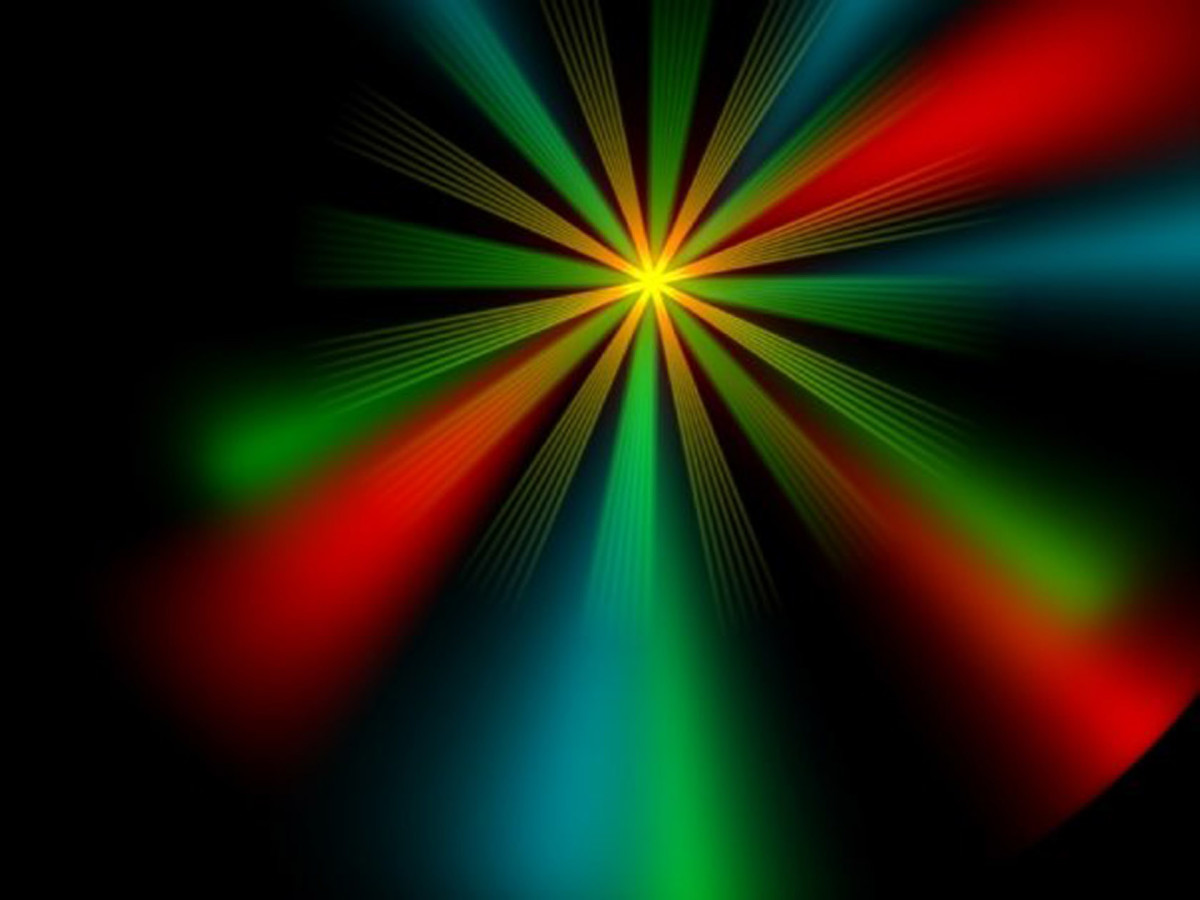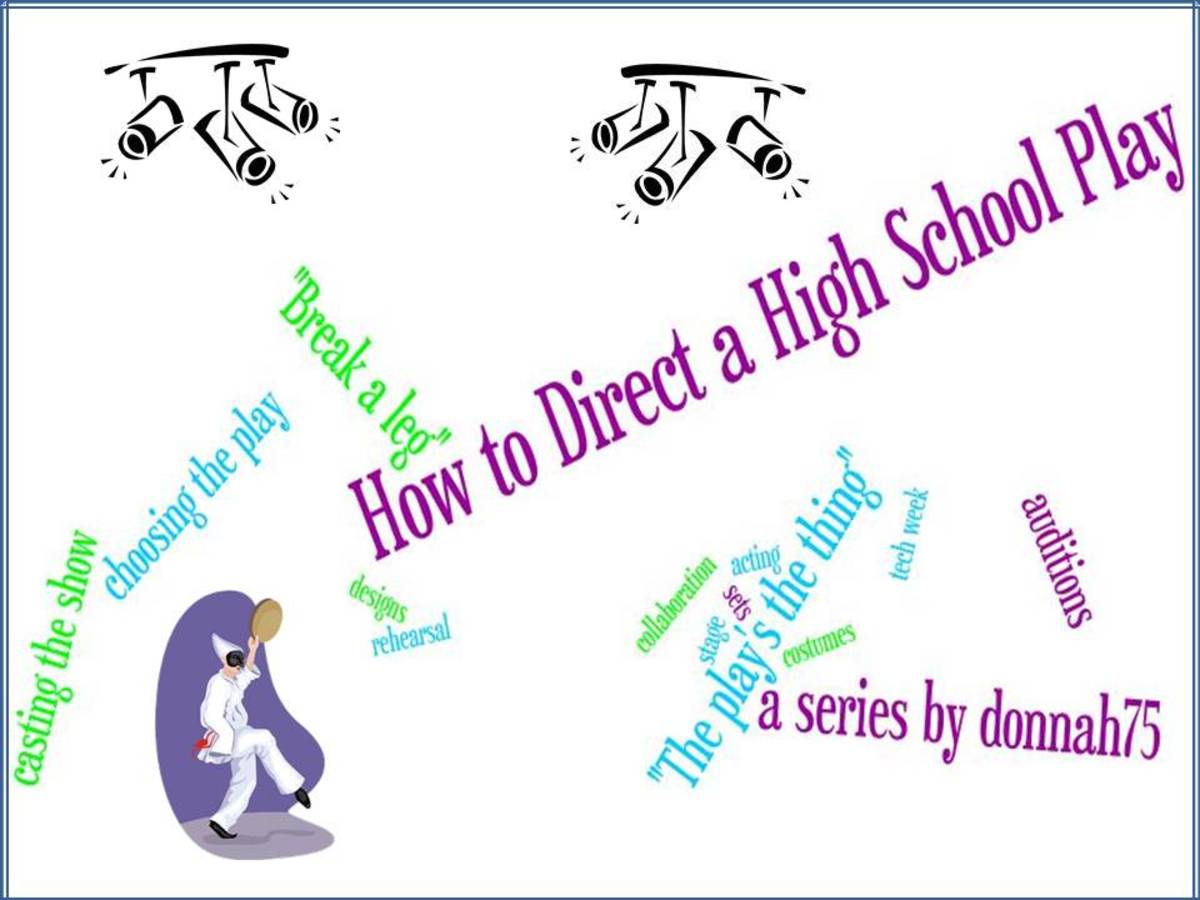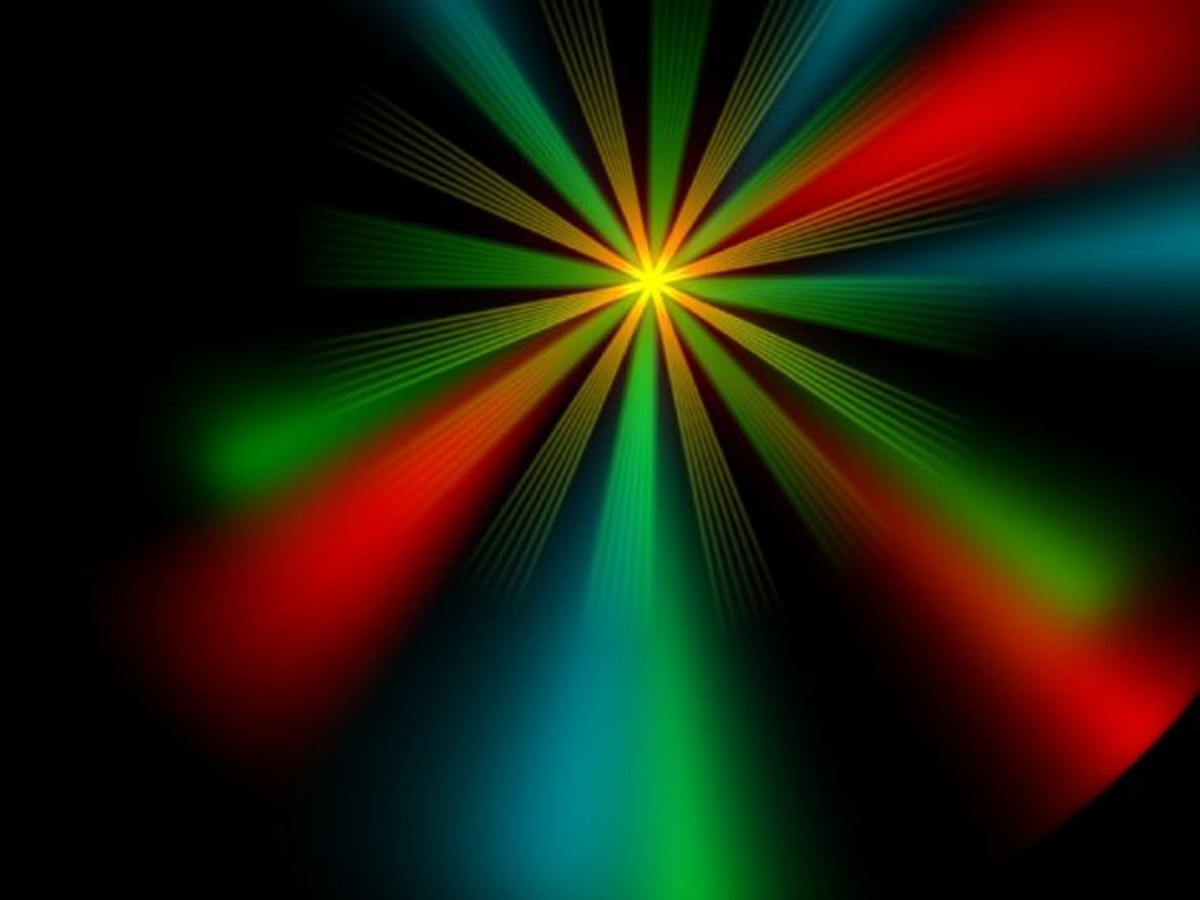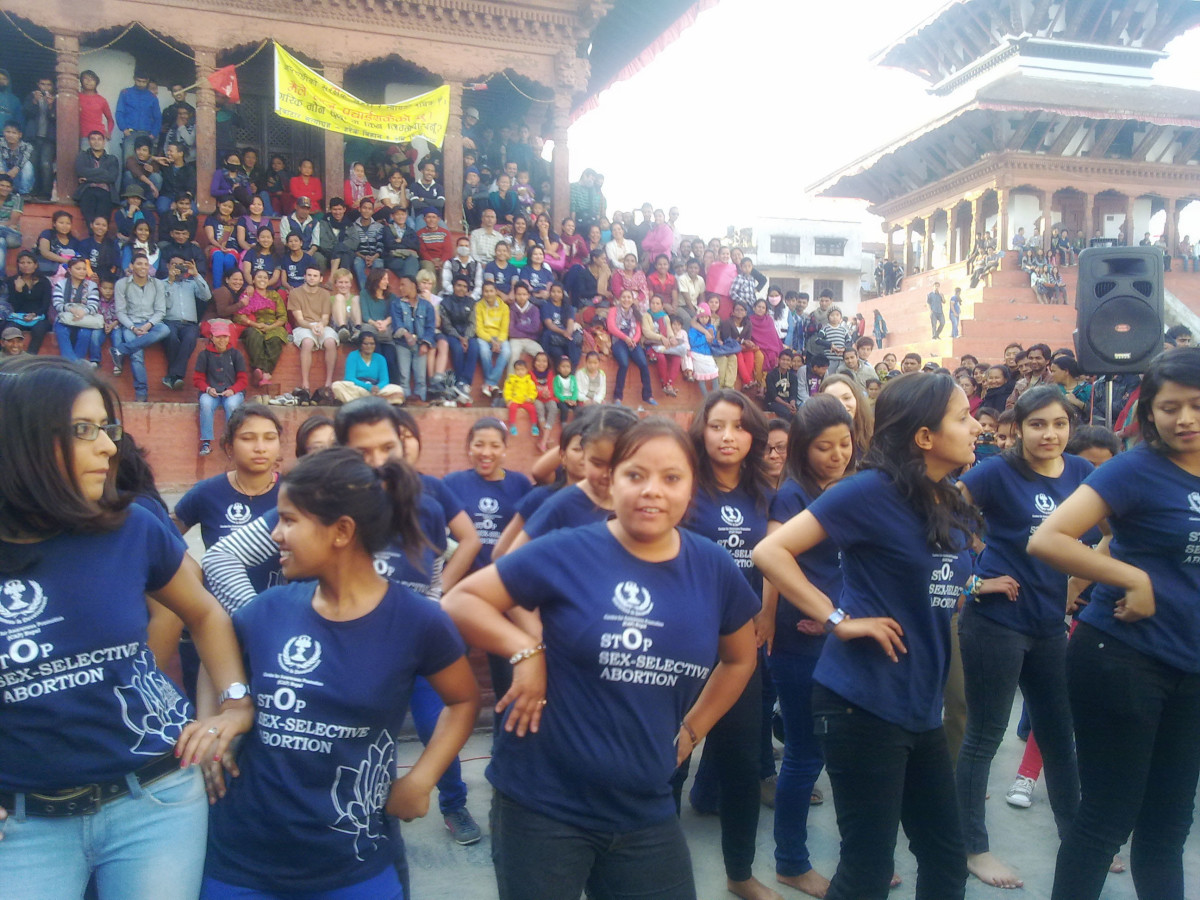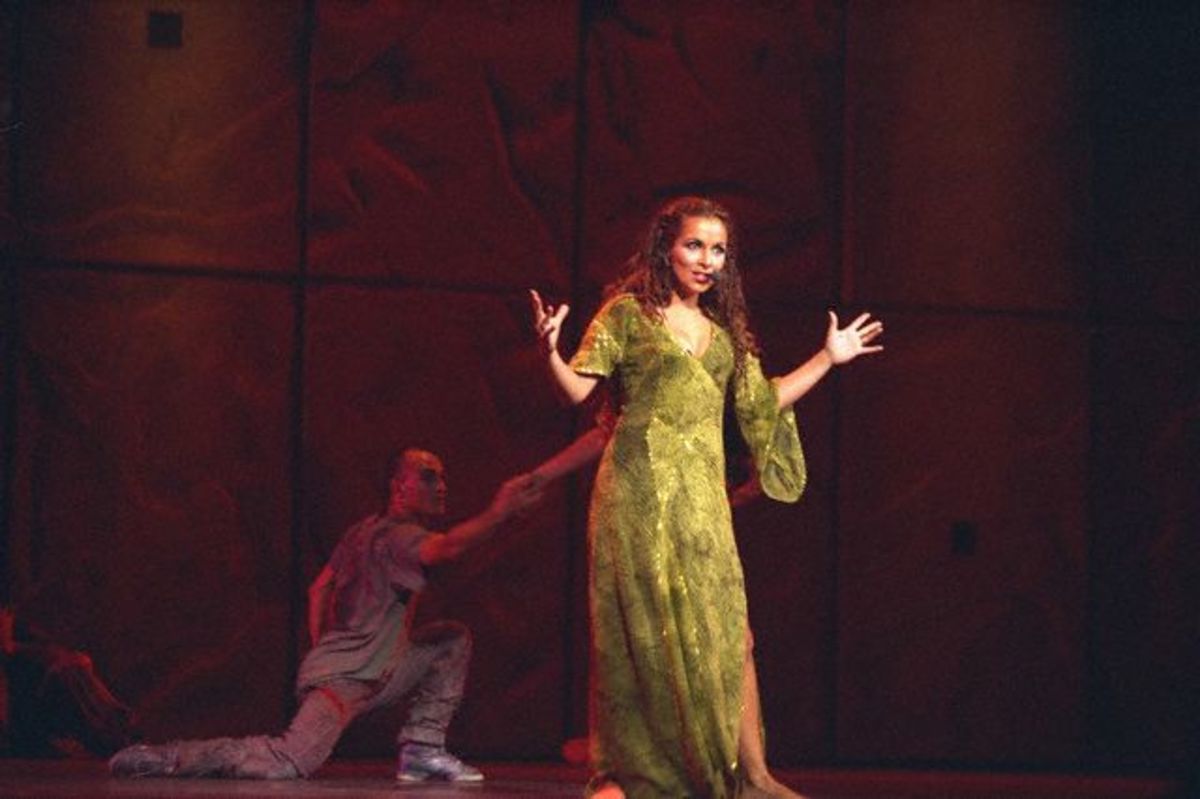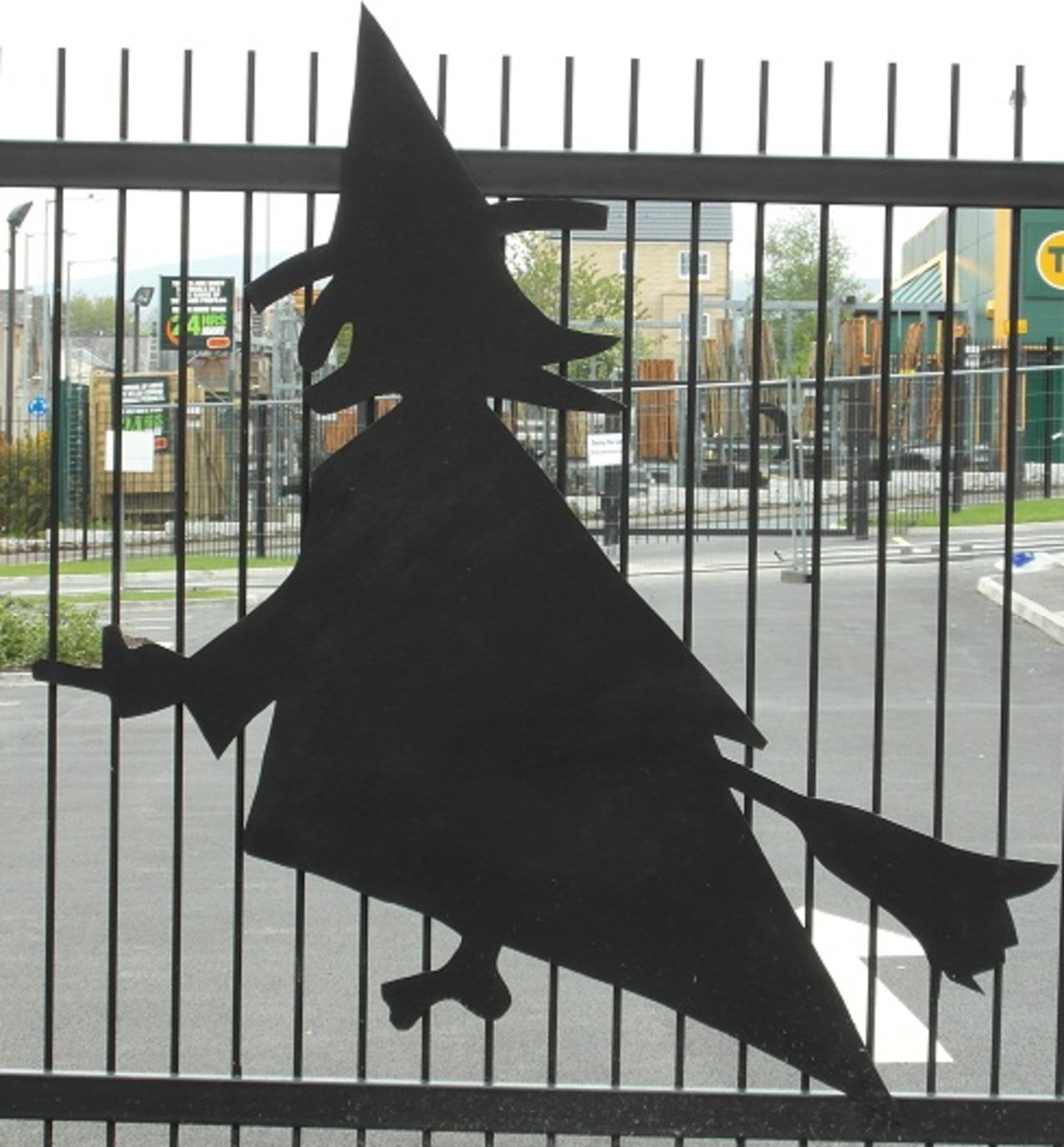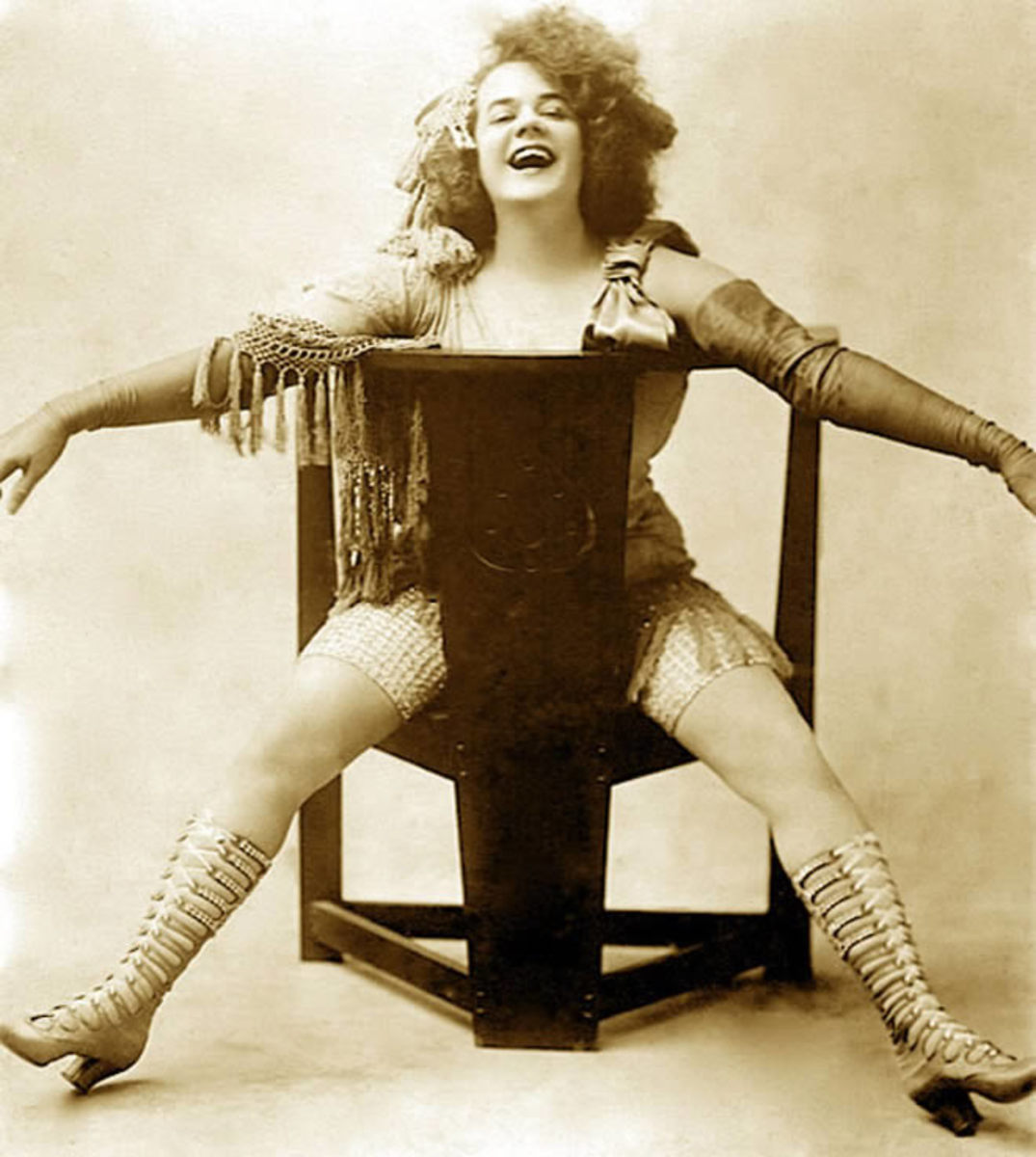Theatre Lighting Design: A 7-part Hub Series -- Part 7: The Tech Rehearsal Process
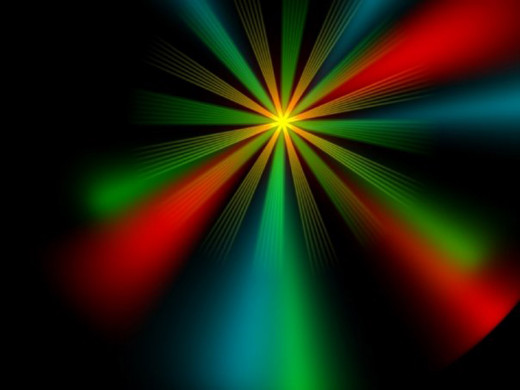
Hub Series Table of Contents
Introduction
Ok. Now that the holidays are over, we have our power and heat back, Snow-Pocalypse and the Polar Vortex (good name for a band) is over, and I have a moment to sit down on my broken computer and try to get something written, let's conclude this series before 2014 gets the chance to throw another curve ball.
This part of the series is going to cover the final responsibilities of the designer; the tech rehearsals. You have your plot hung and focused. You have your cues patched into the board. But your job isn't done yet. Over the next week (tech week, aka Hell Week), you will be taking notes, tweaking cues, tweaking focuses, adding lights, taking them away, and probably discussing changes with the director according to what s/he would like changed. This isn't always the case, but sometimes it happens. Don't get discouraged at this point. You may love your design and what you have set up, but ultimately, it is the director's decision and remember not all directors (very few, in fact) can see the product until they can SEE the product. So it's at this point you will be making some changes.
One thing I have noticed about these types of situations is that the director will often ask you to change something or tell you what s/he wants and you will know that what they are saying is not what they are going to want. You try to explain to them what the result will be and they remain adamant so all you can do is make the change, show them, and wait for them to have you change it back. Be prepared for that. It happens. It's not that they are [deleted expletive]s or are stupid... they just have a different way of seeing the abstract than a lot of designers do. Many times, they just don't understand the physics of light. This isn't true for all directors. In fact, it's becoming less and less common, but still be prepared for it.
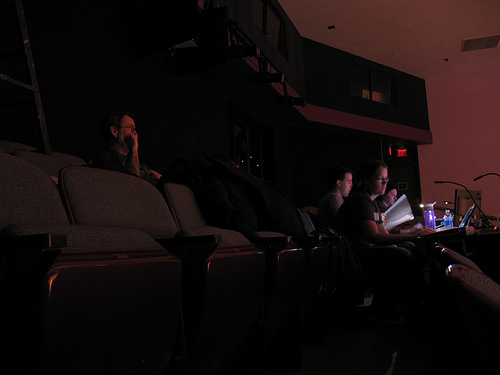
Dry Tech
So here we go, breaking into tech week. It's the dry tech. The dry tech is a rehearsal that doesn't involve the actors. The stage is “dry”. The purpose of this rehearsal is to go through all the light cues, scene shifts, fly operation (when applicable), etc. It's to get the techs used to their jobs so that when the actors get on the stage, there's minimal confusion.
The dry tech is the place for the director and the designer to see all the tech elements in action, dancing elegantly and intertwining with one another. It allows the director to approve or disapprove any elements and gives the designers their first real chance to sit down and see everything together in order to take notes for changes ranging from poor color choices (which shouldn't be a problem at this point) to catastrophic hold-ups (did you marry two battens and there's one in the middle that needs to fly in and out? Bad call!). All the major issues should have been ironed out prior to this, especially if the designers were properly working together. Theatre is a collaborative art form! But it does allow for seeing any small things that might have been missed during the process.
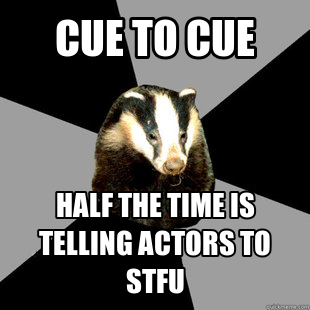
Tech Rehearsal
There are two types of tech rehearsals. Sometimes BOTH are implemented, sometimes one or the other. This usually is dependent on time constraints. As a designer, I prefer both to be implemented whenever possible because it allows for the cast and crew to have one extra time together to get used to the changes. No matter which method the director chooses, you can expect a very long day.
The first type we'll talk about is the Cue-To-Cue. This is the quickest of the two types due to the fact that it is what it says. It is just taking each cue point and running those portions of the show. This includes light cues, sound cues, scene shifts, etc. Rather than running the show top to bottom, each cue is run and then the action is stopped on stage and they move to the next cue. This allows the director to see what each shift will look like, it gets the board operators used to taking the cues with action, it gets the stage manager used to when and where to call the cues, it familiarizes the actors with changes in lighting, sound, and scenery so they know what to expect during live performance, and it allows the designers to check levels with the action taking place, giving the designer a better sense of what needs to be tweaked.
The second type is a straight-up, top to bottom, run the whole show tech rehearsal.This type is also broken down into two sub-types. The director will either run the show top to bottom with no stops unless ABSOLUTELY necessary (safety, show can't proceed without a fix, etc.). This means that everyone must be on their game (and should be at this level) and prepared for any issues that might arise. It means also that the designer needs to have a keen eye and take lots of notes. There will be something that needs to be fixed! Expect it! The second type of this rehearsal is a stop-and-go. Sometimes, the director will want to do a full run, but before each scene shift, s/he will stop the action and the stage manager or set designer or master carpenter or whoever is in charge of the scene shifts for the show will quickly brief the tech crew (and when applicable, the actors) on what is about to happen. Then the show will be backed up a bit and the action will resume with the scene shift taking place. If it goes well, the show will proceed. If not, then the action will stop and the shift will be done again. This continues until the shift is done at an acceptable level. This may also occur if the actors have to leave stage in a full black out. This give them a heads up that they need to be alert and safe and to prepare for and expect dark. The last thing you want is for an actor to be exiting stage without knowing that they won't be able to see.
I very much prefer a straight tech run, be it top to bottom or stop-and-go. The reason for my preference is that it allows me to more fluidly see what's going on with my lights. Also, it gives the actors a better chance to let me know if it's too dark backstage, if they need an extra running light, etc. I always tell the actors just prior to starting a tech rehearsal, “If you can not see backstage, do not hesitate to yell to me in the house. That is something that needs to be fixed right away for the safety of the actors, the techs, and the props and set stored back there.” However, be careful allowing them that sort of lee-way. Actors will often take advantage of that and want you to light it up like the surface of the Sun. When I can get away with it, I prefer to just use glow tape rather than light the back stage any more than necessary. The last thing you want is a total black out with light bleeding in from the wings. At that point, why even cue in a black out?
Another purpose of the tech rehearsal, be it cue-to-cue or run through, is the bane of every lighting designer; getting the actor to find their light. I'm sure you've heard the phrase used mockingly “find your light!” There's a reason. You will want to pull out your hair and make a little spike circle with it on stage for the actor to stand in... and they'll probably still miss it. Don't fret. It's often just because they're used to stepping a certain distance and now that they have lights, that certain distance is just slightly off from the focal point where they should be standing. Frustrating? Yes. Something to freak out about? Only if they're still doing it by final dress. I assure you this usually isn't the case.
First Dress
Expect things to go wrong here. After the very long day of tech rehearsal and the late night at the pub afterward, things are commonly a bit sluggish to start. This is the first time that the actors, the techs, the management crew, etc. are to run the show from top to bottom without stopping and without any type of assistance. This is live theatre conditions. All the proper pre-show checks (channel check, sound check, fly-rail check, etc.) should be made, all the presets completed and implemented, and all necessary tests run. We're going live, folks. Your job as a designer at this stage is simply stressful. Your job is to sit in the house biting your nails, taking notes, and cringing at every cue that was taken just that split second too late. Just relax, make a note, give that note to the Stage Manager AFTER the rehearsal and rest assured it will be resolved come tomorrow (dress 2). Trust me. You will want to stop the show a few times and go back and run the cue again. Guess what. You can't. Just bear it. You are now at the point where you have given full control to the Stage Manager.
It is also during this time that you should still be taking notes regarding light focus, color, cue timing (fade time), and anything else that effects your design. All of these things can be fixed after rehearsal. Generally at this point, you don't need to stay after to assist with these things (though I tend to enjoy it). It is up to your Master Electrician and tech crew to get your notes and make the necessary changes/fixes. But keep in mind that if you don't have an ME, then you get to stay after and make the changes yourself. If you DO have an ME, treat them well. They work their butts off for you.
Second Dress
This will be a short section as it is not dissimilar to First Dress. In fact, it's virtually exactly the same. The purpose is just to give everyone another step into familiarity with the entirety of the show. Fix any missed calls from the previous night, take a second look at something that may have been bothering you but not enough to fix immediately, etc. It's just another (albeit important) rehearsal.
Final Dress
Yep. You only get three dress rehearsals so you better make them all count. This is your last chance to perfect your contribution to the performance. Tomorrow is opening night and you are no longer a part of the show other than your name in the bill. You can no longer give notes to anyone. It is out of your hands. Make sure you're happy with what you've presented because there's no going back now. You may be able to make a couple minor tweaks after final dress, but that's the extent of it. No more changing lights, adding lights, etc. because the Stage Manager and the Master Electrician need to know what is where and they need to be familiar and comfortable with it all. To add something now would possibly be an element that will easily be missed during checks. And definitely do not write new cues at this point. You can delete one if you feel the need (remember those dummy cues I mentioned an article back? This would be a good time to delete them and make sure to let the Stage Manager know). Alternatively (and a better option) would be to have deleted them after second dress. By that time, you should be VERY aware of whether you will need them or not. That's it. Turn in your keys. You are no longer driving the car. Just sit back and enjoy the show... for the first time through the entire process, you have relinquished your responsibility and can sit back, shut up, and watch it all unfold on opening night.
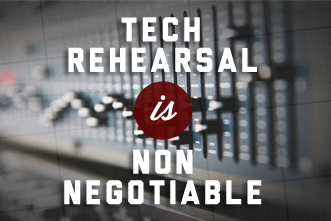
In Closing
Tech rehearsal itself is a very long process. That one day where you have to get everything right, but you're not the only one. So do all the other designers. It is a very important day of awareness, attentiveness, collaboration, and patience. Things can sometimes get heated but try to not get too frustrated. Know that every designer is going through the same thing you are at this point and all everyone wants is to put on the perfect show; from the director to the designers to the actors and techs. I have been a part of tech rehearsals that were only a few hours long and I have been a part of tech rehearsals that were 12 hours long. It all depends on the show, the complexity of the various elements, and the presence of “Murphy.” Just a heads up, Murphy really likes the theatre. He's a season ticket holder. Watch for him.
Some of you will notice that I didn't include “pick up techs” in this article. The reason is that it is not the responsibility of the designer to be present. This series is focused primarily on the lighting design aspect of theatre with a few minor tangents here and there where noteworthy.
This is the conclusion of the series. I do hope it was useful and rich in content and that someone out there learned something from it. I know that there are some people who are going to read it and scoff because their methods may be different. I accept that. This series is written based off how I learned in university and throughout my experiences as a designer. If you liked the series, please click the THUMBS UP button below. If you didn't, please comment in below and let me know why. I take criticism well as long as it is constructive. If it is constructive, I will gladly authorize your comment and do my best to reply. If it is not constructive and is just vulgar or rude without purpose, I will not authorize the comment. Either positive or negative, however, I would like to hear from you so please comment below.
I really enjoyed writing this series and now I get to think of what my next one will be about. Though I don't think I will make it as long.
Have fun, be safe, and light up the world.




